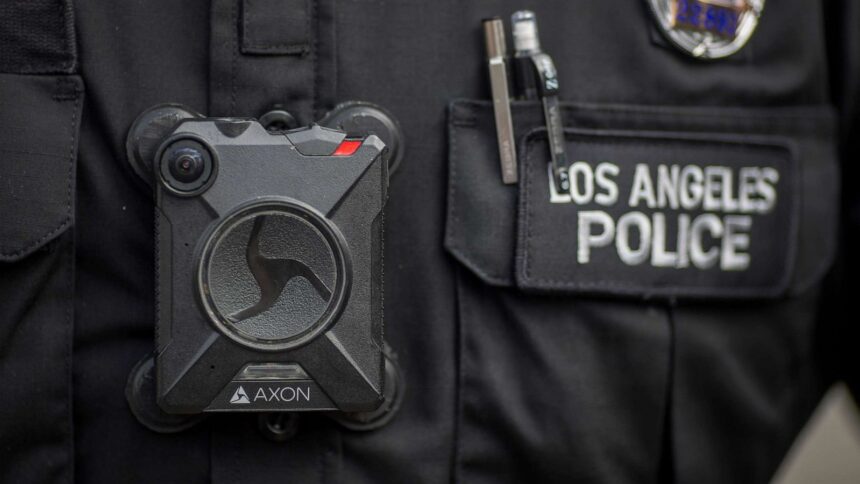According to a new study co-authored by a University of Massachusetts Amherst public policy scholar, police body-worn cameras (BWCs) are the most significant instrument for providing an accurate and honest assessment of encounters between law enforcement and civilians.
As many law enforcement agencies attempt to reduce distrust between police and the communities they serve, the findings give additional evidence that BWCs are an effective approach of increasing transparency within policing.
In an online study, 1,655 American adults were shown virtual footage of police use-of-force contacts with civilians.
When determining whether a scenario deserved further examination, researchers discovered that the presence of a BWC was far more essential than the race or gender of persons involved.
Individuals were more likely to believe that extra inquiry was required when BWCs were not present and there was a mismatch between the officer’s and civilian’s racial or gender identity.
When notified of the presence of a BWC, respondents were 19.1% less likely to believe an internal inquiry was required.
“Body-worn cameras and representation: What matters when evaluating police use of force?” is the article published in the journal Public Administration Review.


